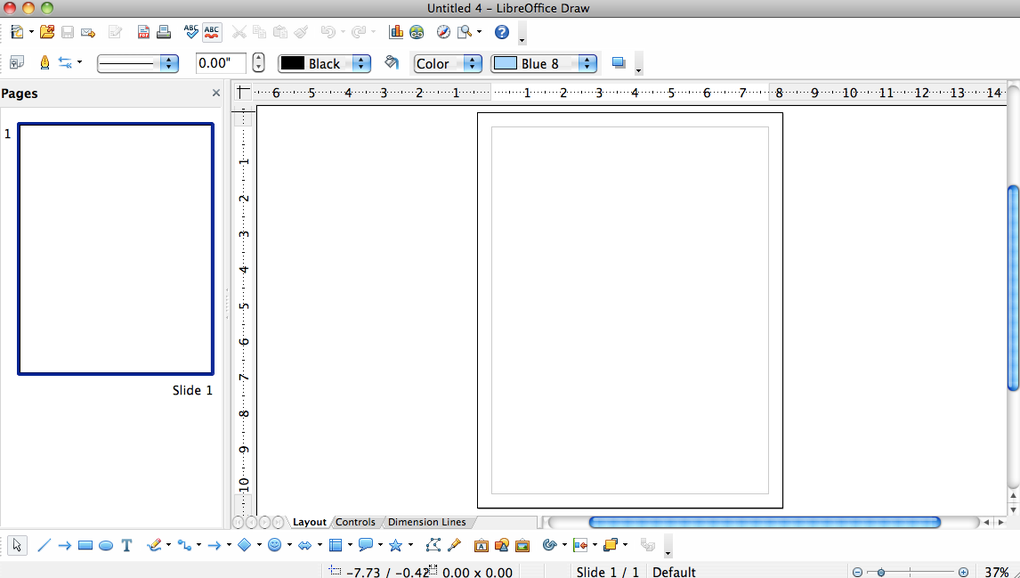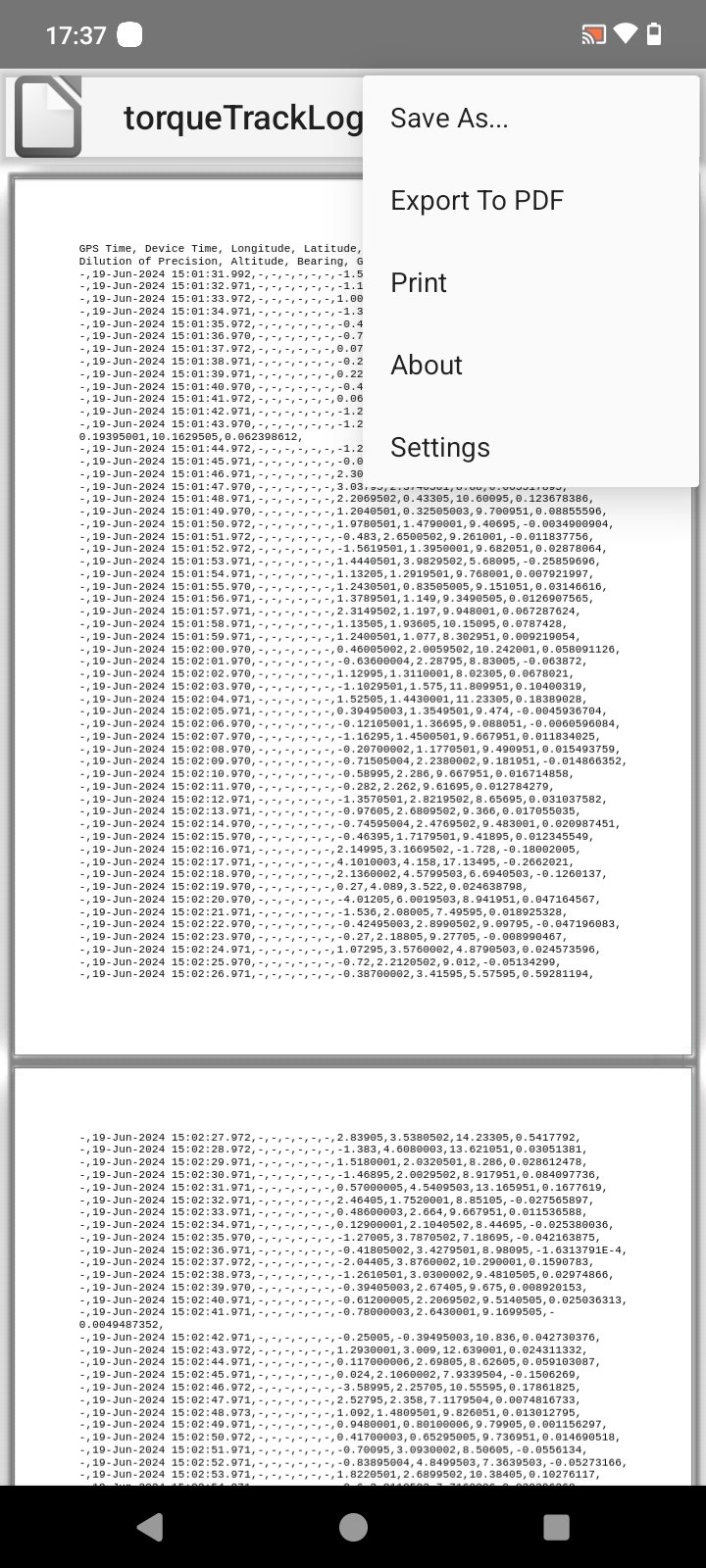


You can then browse flathub for the applications of your choice. How to set up your Chromebook to install flapaks is detailed elsewhere, so just follow those instructions. But we can install applications as flatpaks there, at which point the exact Linux distribution becomes rather irrelevant, anyway. The default Linux distribution provided by Google is a Debian 9, and one should be able to also plug other flavours of Linux, at least in theory. It is sandboxed, but with some channels set up between the virtual machine and the surrounding ChromeOS, so that e.g., icons of applications installed in the Linux VM show up in the ChromeOS launcher, and windows opened from within the VM are integrated with the overall ChromeOS desktop.

What you get, in short, is a Linux distribution running in a virtual machine. But things are changing now since Google announced Crostini, a technology to run arbitrary Linux applications on ChromeOS. Until recently, Chromebooks could browse the Web and run dedicated ChromeOS and Android applications, and that was that.


 0 kommentar(er)
0 kommentar(er)
